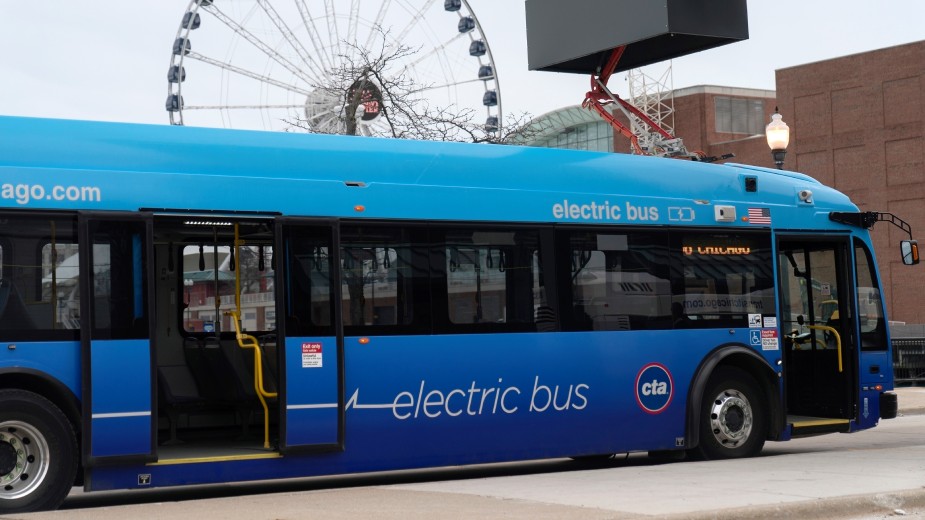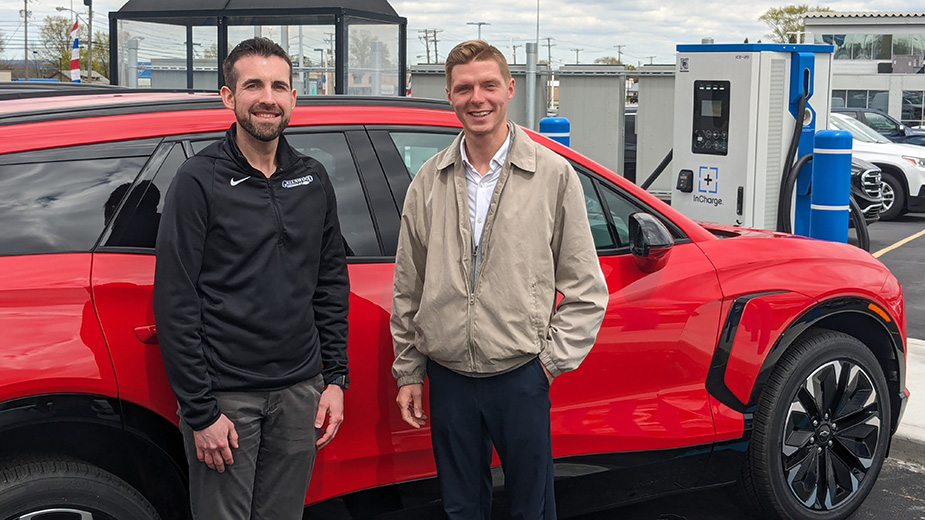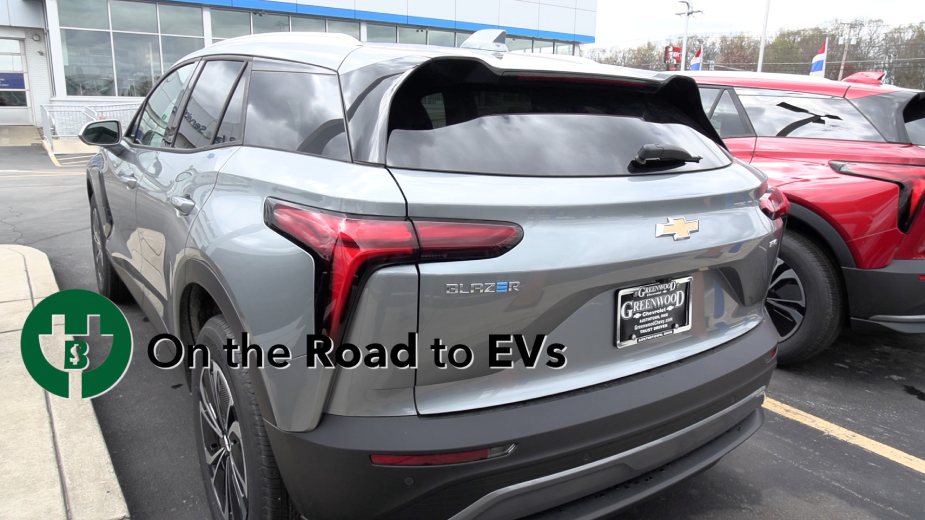GM Employees Answer Popular EV Questions
DETROIT – General Motor’s executive vice president of global manufacturing and sustainability, Gerald Johnson, joined to answer common EV questions with executive vice president and chief financial officer, Paul Jacobson.
The first topic covered in the virtual meeting was how the company knows they have the correct strategy in place and what happens if EV adoption is something people don’t want.
Jacobson says he has learned that GM truly research’s everything and listens to the concerns of its customers.
“[There are] lots of great things coming ahead of us and I can’t wait to see us roll them out,” says Jacobson.
Another common question Jacobson says he frequently is asked is what driving an EV is like compared to a typical gas powered vehicle.
“There’s a door you have to get in [and] there’s a seat you have to sit in,” says Johnson. “There’s a steering wheel, an accelerator and a brake. The functionality of it is the same but there are differences.”
Johnson says one of the biggest differences is how quiet the vehicle is due to the absence of engine revving. Additionally, there is no gear shifting like there is in normal transmission vehicles the need for visiting the gas station is eliminated.
“It’s just smooth fluid increasing power,” Johnson says.
One of Jacobson’s favorite parts about driving an EV is the “sophistication” in the information the car tells you.
“It tells you everything you need to know about range and charging access, and [it] maps you to locations,” he says. “It makes it really easy.”
Ultium Cells modular battery pack is a staple in EV production, Jacobson says. He says due to the versatility of the platform, they are able to create a range of items from it in a way no other automakers can.
“We are doing this in a way that the rest of the market hasn’t figured out how to do yet in terms of serving that wide breath of customers,” Jacobson says.
When putting together an electric vehicle, Johnson says about 80% of it is put together the same way as traditional gas powered vehicles. The main difference is that a battery is placed underneath the vehicle instead of an engine and transmission.
The main difference is where there is an addition of battery assembly, cell manufacturing and battery modules, explains Johnson.
While there are many concerns about how expensive transitioning to EVs may be, Jacobson says GM is working to create vehicles at every price point. He says the company is investing over $35 billion in electric and autonomous vehicles through 2025.
“Even with Honda, we plan to develop an affordable EV at a lower price point than even the Equinox, below $30,000,” Jacobson says. “[…] We are just going to have a flurry of vehicles coming out over time.”
Many of the electric vehicles will be on sale by 2027, says Jacobson. He says GM’s goal is produce a million EVs in North America annually by 2025.
“It’s happening now and it’s happening really, really fast,” says Jacobson. “And it’s happening for everyone, which is something that the EV revolution to date really hasn’t addressed how we’re going to get into the heart of the market of vehicles.”
Johnson says he is certain that there will come day when there will be no more gas-powered vehicles on the roads.
“This is a transformation,” Johnson says. “It’s happening. It will take time.”
Johnson encourages people to work with GM, where he says they have the opportunity to be a part of “changing mobility, being a part of an industry and transformation contributing to the improvement of climate change and the issues associated with it.”
Source: General Motors
Published by The Business Journal, Youngstown, Ohio.


